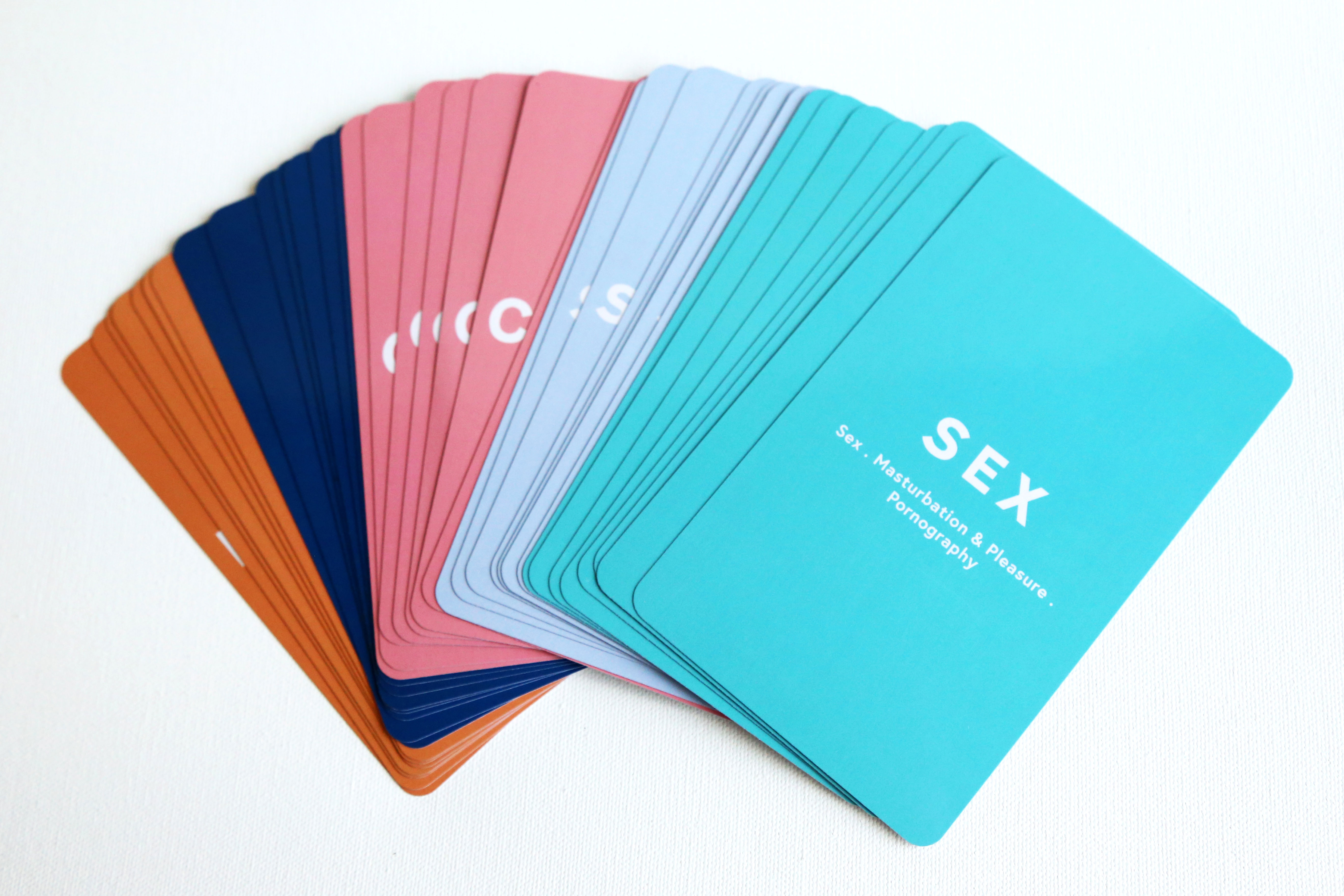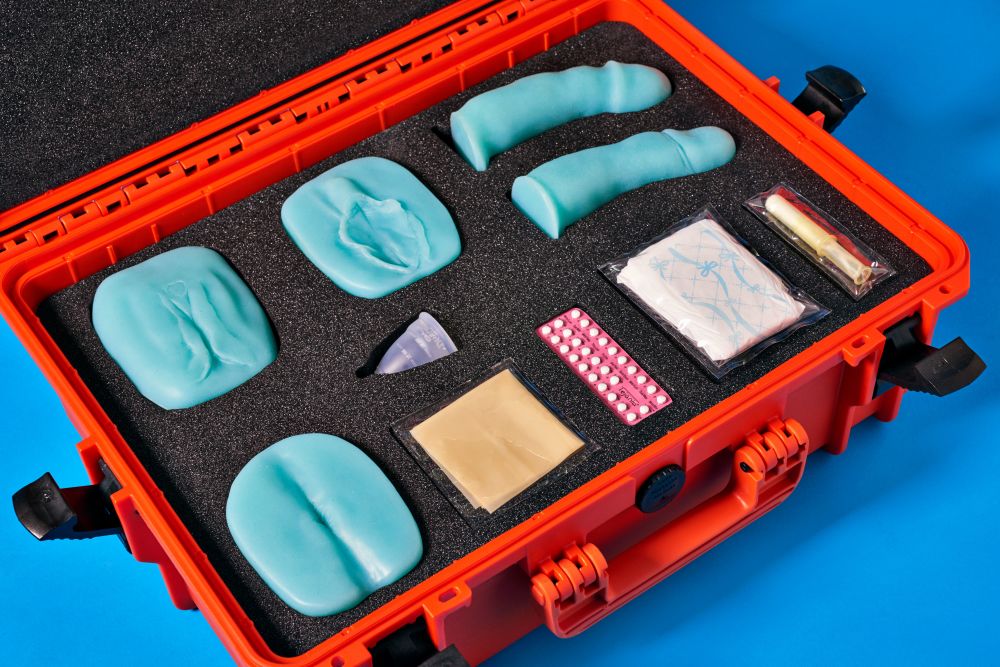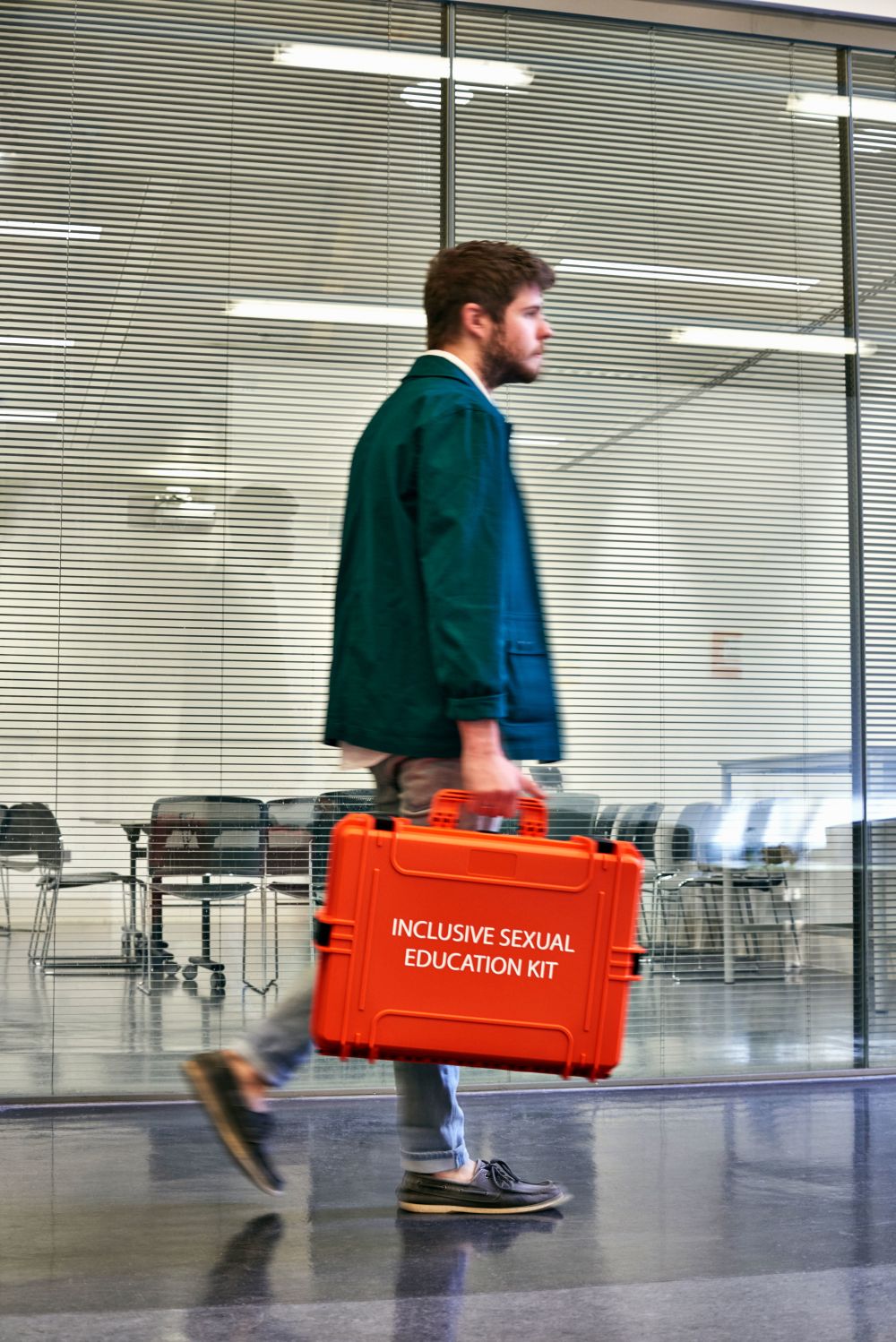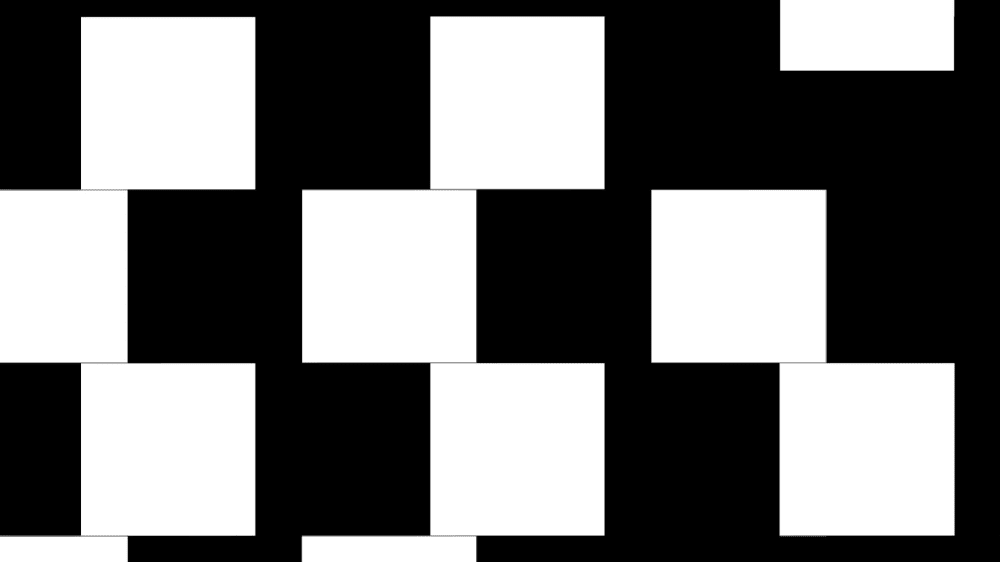We join the dots in Show Two: Design by exploring projects that create new tools for teachers
The experience of sex education at school may be seared into many memories as both awkward and uninformative but MA Material Futures graduate Jack Newbury is looking to change that. His final project is a toolkit for teachers to deliver an inclusive sex education curriculum.
“When I was in school the lesson was just putting a condom on a banana. What is currently being implemented has progressed but there are so many key areas still missing. So, I thought this was an area that could have a third-party intervention, a new point of view.”
The Department for Education is introducing compulsory Relationships Education for primary pupils and Relationships and Sex Education for secondary pupils from September 2019. In response the proposed curriculum, Newbury has created the Department for Inclusive Education with focus on inclusivity, representing the breadth of sexual practices and breaking down any unhelpful sense of “normal”.
Gallery
His kit includes a curriculum guide, films, objects and written prompts and questions. It covers diverse topics such as pleasure, body image, consent and gender in an approachable way, encouraging educators to feel comfortable with the material and build up a confidence to respond to any queries a student might have. Moving away from a heteronormative approach, The Department for Inclusive Education reflects the broadness of sexuality to an audience hungry for unbiased information and representation. Noticeably the kit is presented in a palette of strong colours, avoiding any hint of skin colour.
To build the toolkit, Newbury worked with Sexplain, a charity based in Camden that provides comprehensive and inclusive relationship education to young people. One of the key aspects is that educators need flexibility within any curriculum to respond coherently to the particular concerns of their students. Each classroom is different.
One particularly interesting facets of sexual education is that it’s a topic which touches on many of the other subjects taught in a school. “Sex is not something you should talk about once,” says Newbury, “it’s something that should be integrated across a student’s Personal, Social, Health and Economic education. Later on, it can be integrated within other lessons like biology, drama, religious studies, history. Sex education is just as important as those subjects, more so because it’s directly about life experience.”
Newbury’s project arrives at a time when sex education within schools appears regularly in the media with parents objecting on religious grounds to the inclusion of LGBT lifestyles in primary school curriculums. As his work pushes for more inclusivity and highlights shortcomings of current Department of Education policy, does he think of his work as provocative?
“I don’t see myself as someone who stands outside with a banner, I’m not an antagonist. You need to be cautious in your approach. I’m a design activist but I use the term loosely because I’m working within co-design, working within a community, being a part of something bigger."
This September, Newbury hopes to begin integrating his kit into schools in London and pushing forward to finding more collaborators and partnerships within his work.

Studying BA Product Design, Hafeez Dawood turned his attention to his own education. Interested in the processes and tools of creative learning, Dawood researched seminal arts institutions like Black Mountain College in North Carolina and Bauhaus in Weimar Germany. He identified a certain conviviality between staff and students was an integral part of the system.
Not having time to design an entire arts and design institution from the ground up, Dawood instead focused on what intervention he could make in his own classroom to bring a new level of conviviality to his education:
“It gave me more respect for all the teachers that I’ve had in my life. I was at a point in my degree when I was just complaining about everything. And that felt silly to be complaining when I’m a design student, isn’t what I’m supposed to do is solve problems? I have one that affects me but I’m just sitting here complaining.”
Hafeez Dawood
So he began anaylsing typologies that were in his usual teaching surroundings; the different contexts from lectures to seminars and how those contexts have an established and distinct spatial hierarchy. A regimented repetition of tables and chairs reverently facing the tutor. “We’re putting pressure on people to be creative in a rigid classroom typology,” he says.
He created models of classrooms and furniture options, asking his fellow students to set out how they would like to see their seminar rooms: “By removing that typology you get crazy things happening and I thought that I’d love to be in any of those classes.” Using wine crates initially, Dawood reconfigured the rooms, placing tutors at the same level as students, allowing shifting and change to happen during the teaching. The resulting design is a simple plywood open box that provokes possibility for the user. Work gets pinned on one, another becomes a table for sketching ideas, bundles of boxes might even transform into fort-like studios or day beds. Essentially Dawood’s intervention disrupts the traditional spatial relations allowing for alternative learning styles.
“I was imagining if this was to ever happen it would be like your first day. There’s no chairs and tables and it hits you: this is different. That could excite and engage everyone.”
Both Dawood and Newbury's projects formed part of Show Two: Design at Central Saint Martins, 19-23 June.







